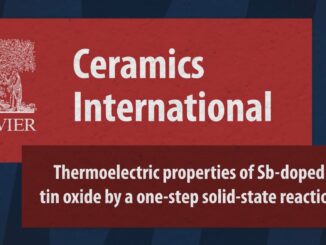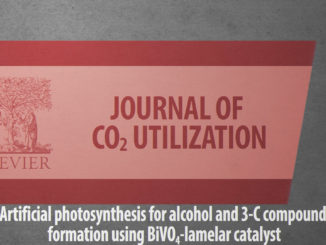
The effect of morphology on the ozone-gas sensing properties of zinc oxide sputtered films
Abstract: One of the main obstacles in the development and design of semiconductor gas sensors is our limited understanding of the practical mechanisms responsible for sensing. Although theoretical models describe the importance of morphology on the gas sensing properties of semiconductor films, a direct relation between structure size/morphology and gas detection has not been experimentally established. In this work, the Radio-Frequency Sputtering method was used to obtain zinc oxide thin films from ceramic and metallic targets. Remarkable differences in the nanostructure size were observed when distinct powers of deposition were used. The samples were deposited on platinum interdigitated electrodes and exposed to ozone to have their sensing behavior analyzed. The feature size and film porosity were studied taking into consideration the enhancement of sensor performance, while their band gaps showed no significant differences between films. It was found that sensors with small features and low porosity present low ozone sensitivity and fast responses, while highly porous films with large features exhibit low sensitivity and slow responses. The optimum sensing performance was found to be at the apparent maximized surface area, where the best ozone response was observed. Our results show that radio frequency sputtering can be considered a versatile deposition technique for the production of semiconductor gas sensors, since porosity, feature size, and therefore gas sensor sensitivity, can all be controlled through the sputtering parameters of a Zn metallic target followed by thermal oxidation.
Author(s): Colmenares, YN ; Correr, W; Lima, BS; Mastelaro, VR
THIN SOLID FILMS
Published: June 2020 Volume 703, 1




